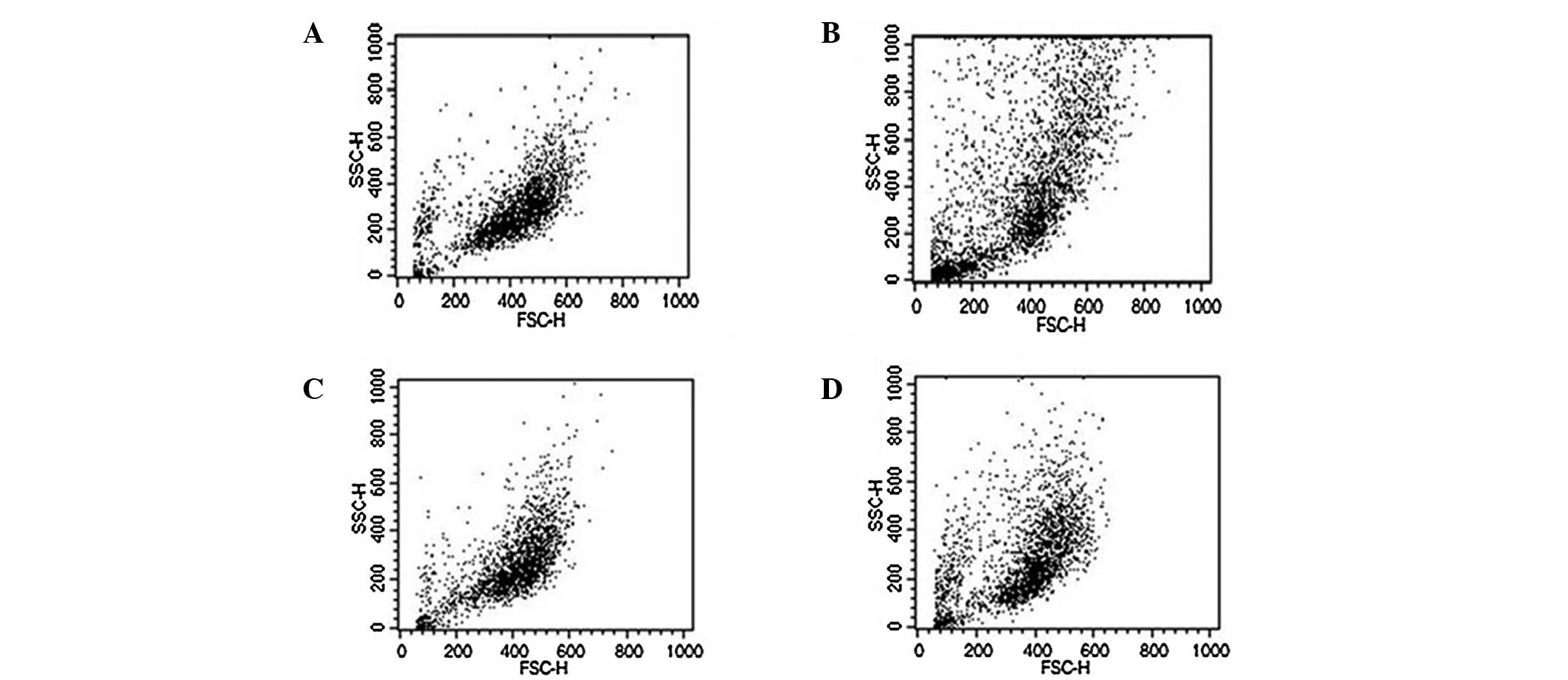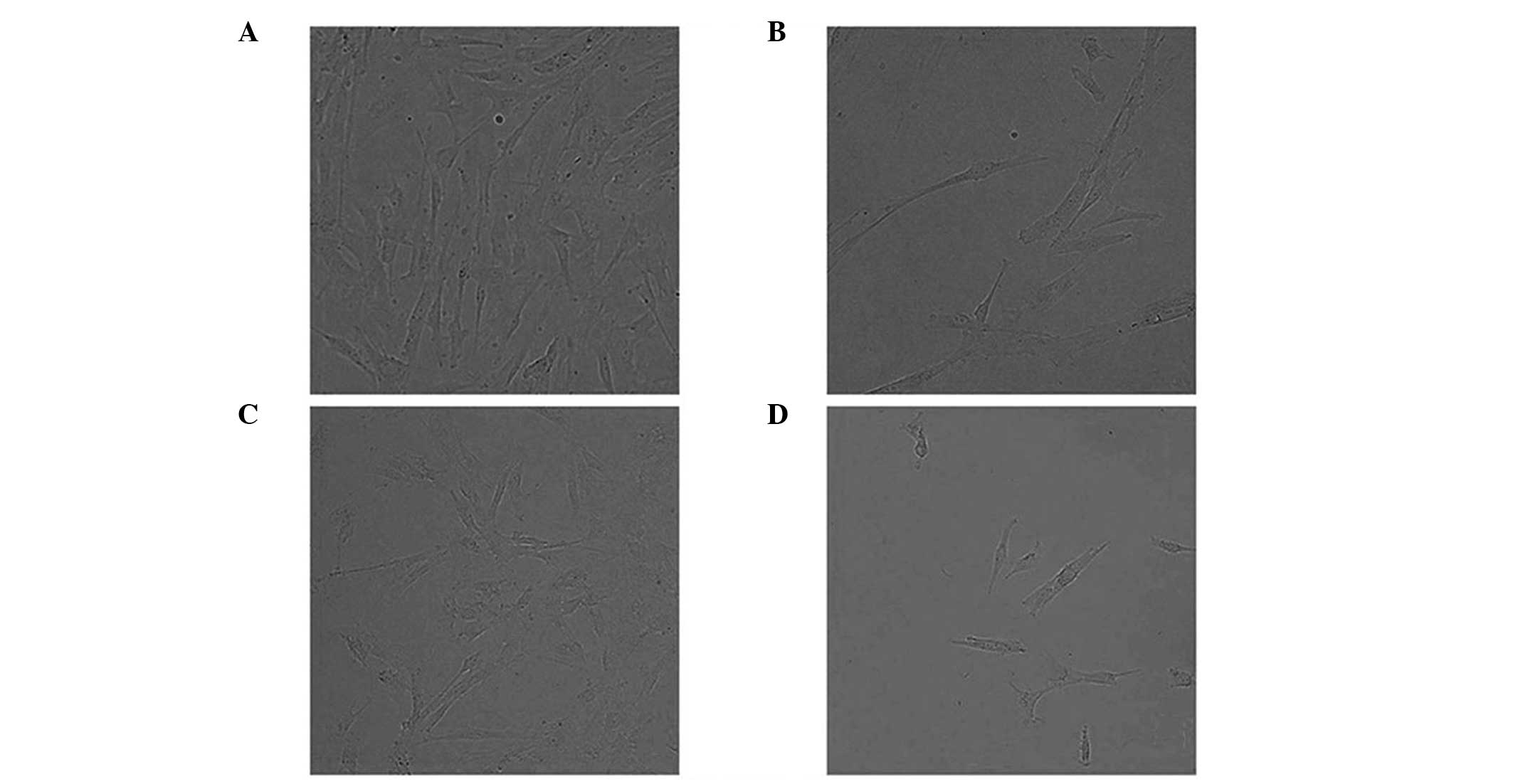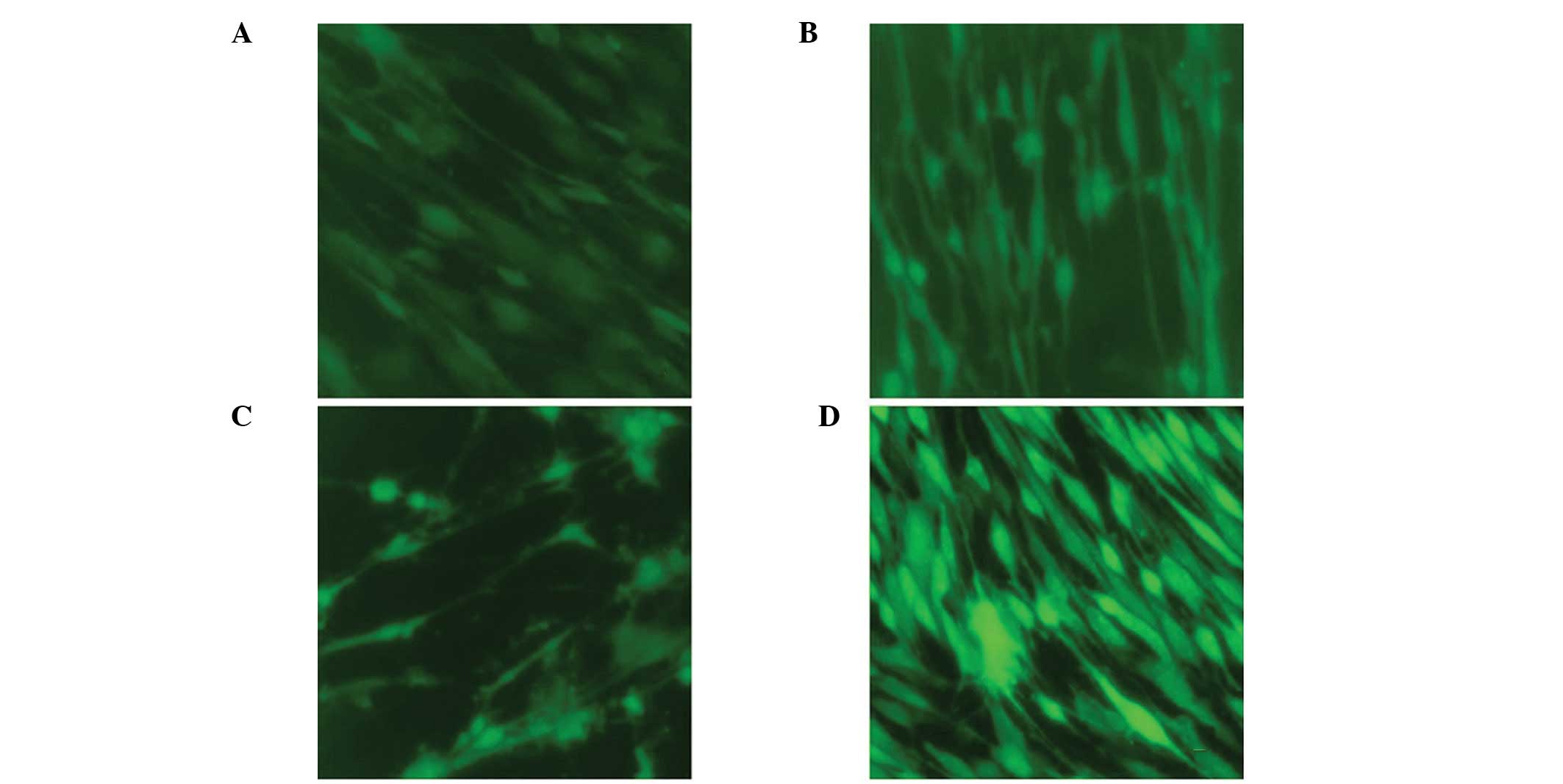Comparative analysis of various donor cell types for somatic cell nuclear transfer and its association with apoptosis and senescence
- Authors:
- Published online on: November 5, 2013 https://doi.org/10.3892/mmr.2013.1776
- Pages: 63-68
Metrics: Total
Views: 0 (Spandidos Publications: | PMC Statistics: )
Total PDF Downloads: 0 (Spandidos Publications: | PMC Statistics: )
Abstract
The aim of the present study was to characterize potential somatic cell nuclear transfer (SCNT) donor cells by comparing two lines of transfected cells with their non‑modified parental controls in culture. Fetal fibroblasts used in the study originated from crossbred Landrace x Yorkshire x Duroc (LYD) or Yucatan mini‑pigs. The LYD fibroblasts were modified by the transfection of a tetracycline on/off gene, whereas Yucatan fibroblasts were triple transfected with the complement regulatory factors, human decay‑accelerating factor and human CD59, as well as H‑transferase. At the 9th doubling passage, parameters associated with senescence and apoptosis, including morphology, mRNA expression (TP53, Bcl‑2, Bax) and reactive oxygen species (ROS) levels, were evaluated. Population doubling (PD) time was calculated by assessing the time required for cell numbers to double by averaging the three cell passages. Quantitative polymerase chain reaction revealed that when comparing LYD with Yucatan fibroblasts, the latter exhibited a lower relative expression of TP53 and a higher relative expression of antiproliferative Bcl‑2, which correlated with the PD time results (26 and 40 h, respectively). Tetracycline on/off transfected cell lines exhibited a lower relative expression of antiapoptotic Bcl‑2 compared with their originating LYD cells. Similarly, triple transgenic cells exhibited higher TP53 and Bax mRNA expression levels than their non‑transgenic counterparts. For ROS measurement, cells were incubated with 2',7'‑dichlorofluorescin diacetate under the same conditions and were analyzed by flow cytometry. Yucatan fibroblasts exhibited higher ROS content than LYD cells. In addition, the two transgenic cell lines produced higher ROS levels than their corresponding non‑transfected cell lines. In conclusion, these results indicate that characteristics associated with senescence and apoptosis in transfected cells during culture may affect the efficiency of SCNT when used as donor cells for the production of transgenic swine.














